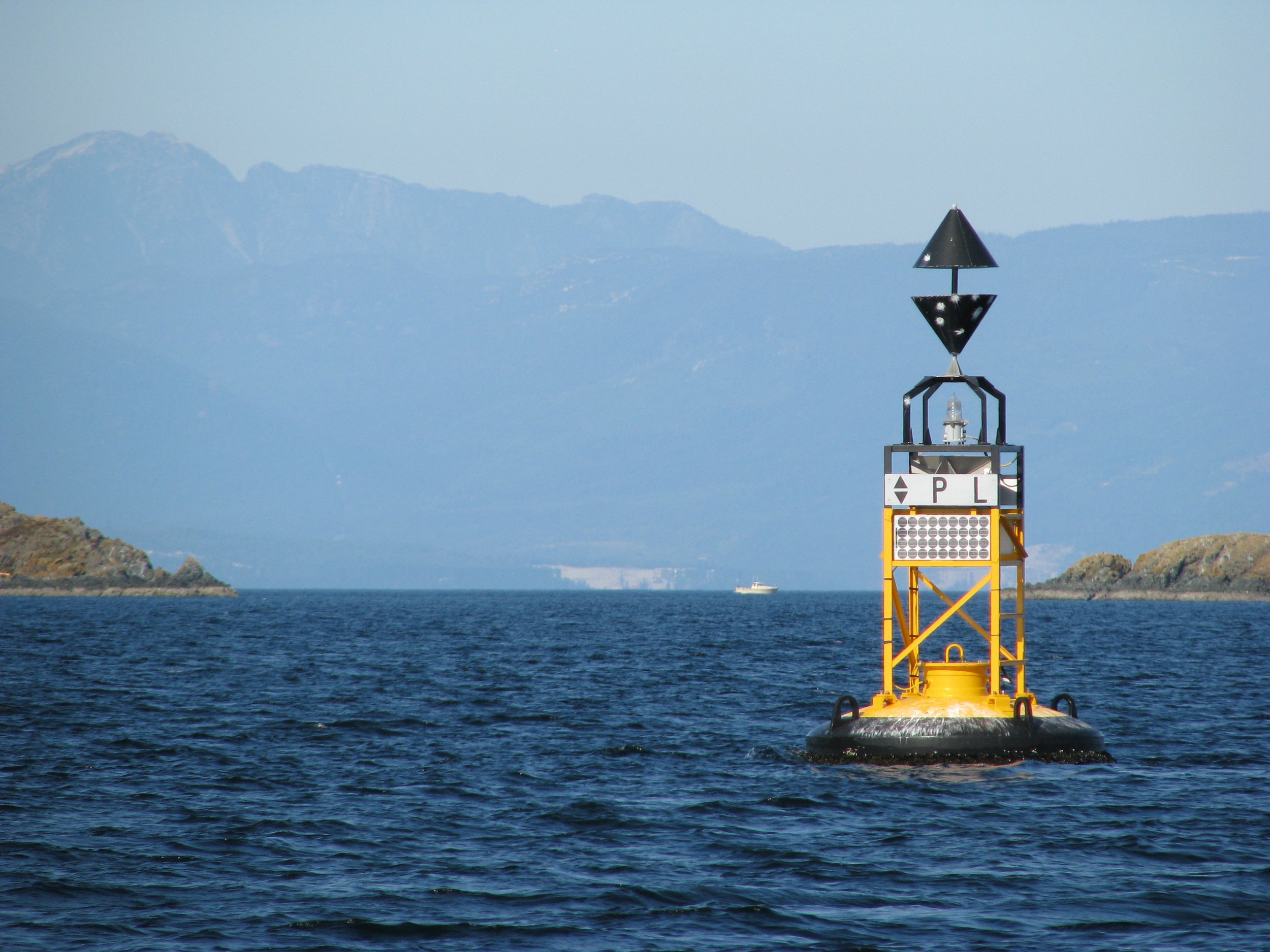HOW DO YOU REMEMBER CARDINAL BUOYS?
Cardinal buoys and markers are used to indicate safe water using the direction of the compass points.
The system is designed to mark what course to take to find the best navigable water, and are to be used in conjunction with navigation charts to check your direction in relation to potential hazards. When identifying cardinal buoys, it is a good idea to have a compass onboard.
They are also used to alert boaters to which side of the mark the deepest water is, or signify a feature of a channel such as a significant bend or junction. In this article, we look at various clever ways to remember the markers.
IDENTIFYING CARDINAL BUOYS
Cardinal markers can be spar or pillar-shaped and are coloured yellow and black. The position of the colour bands shows vessel operators the direction of the safest and deepest water.
The North cardinal buoy has two bands of equal size: a black stripe on top and a yellow stripe on the bottom.
The East cardinal buoy has three bands of equal size: a black stripe on top, a yellow stripe in the middle, and another black stripe on the bottom.
The South cardinal buoy has two bands of equal size: a yellow stripe on top and a black stripe on the bottom.
The West cardinal buoy has three bands of equal size: a yellow stripe on top, a black stripe in the middle, and another yellow stripe on the bottom.
The clear and navigable water lies on the named side of the mark. For example, the north cardinal buoy is located so that the safest water exists to the north of it.
They can also be distinguished from one another from their top marks and rhythm of light.
TOP MARKS AND LIGHTS ON CARDINAL BUOYS
Top marks on cardinal buoys are shaped like two cones, and they point in different directions depending on the black bands for each of the four.
The light signal for cardinal buoys is white and can be related to the face of a clock. The sequences are all different, based roughly on clock positions (continuous, or groups of 3, 6 or 9).
North - white light continuous quick flashing light.
East - white light 3 quick flashes.
South - white light 6 quick flashes + 1 long flash.
West - white light 9 quick flashes.
Either a Quick (Q) or a Very Quick (VQ) sequence of light flashes is used, allowing for two similar nearby marks to be uniquely identified by their lights.
Quick flashing light (Q) has a flash frequency of 60 flashes every minute and a Very Quick flashing light (VQ) has a flash frequency of 120 flashes every minute.
HANDY TIPS FOR REMEMBERING CARDINAL BUOYS
There are a number of memory aids available for these buoys:
The North and South cardinal top marks are pretty easy to remember as they follow the directions North and South. North cardinal top marks point upwards while the South top marks point downwards.
The East cardinal top mark is commonly associated with the shape of an Easter egg, with the two cones pointing in opposite directions. If you are following the egg metaphor, then a tip to remember is the East marker’s colours is two blacks with yellow in the middle signifies a yellow yolk in the middle of an egg.
The West cardinal top mark can be compared to a wineglass – with the two cones pointing towards the centre.
Develop your own clever way to identify them so it is easy for you to remember when you are out on the water, or you will end up in the exact place you wanted to avoid.
Being able to spot cardinal buoys by day or night, and knowing which side to pass, should become second nature to all boaters. You can see interactive Aids to Navigation on the Deckee app.




